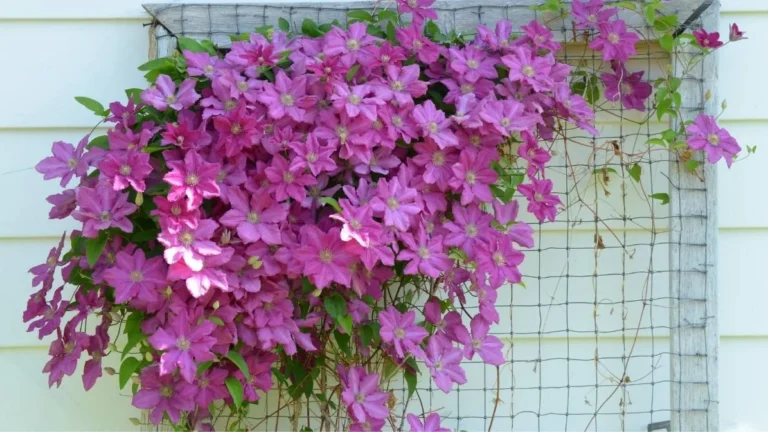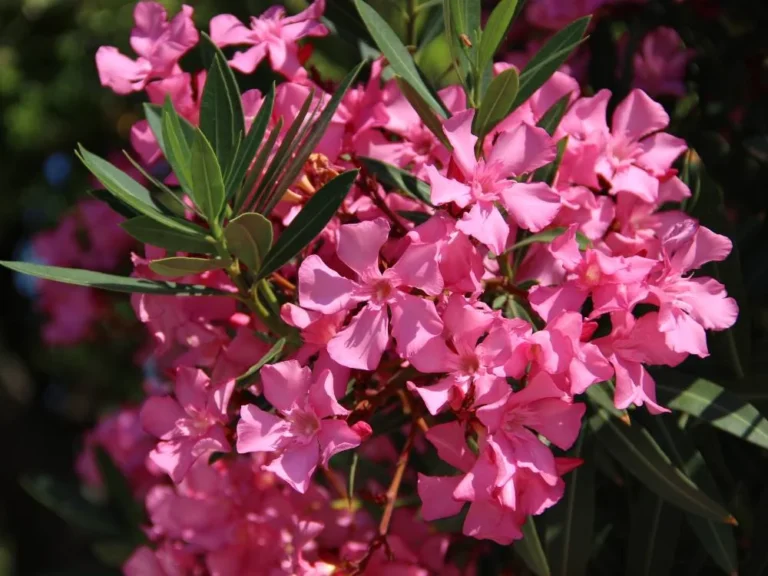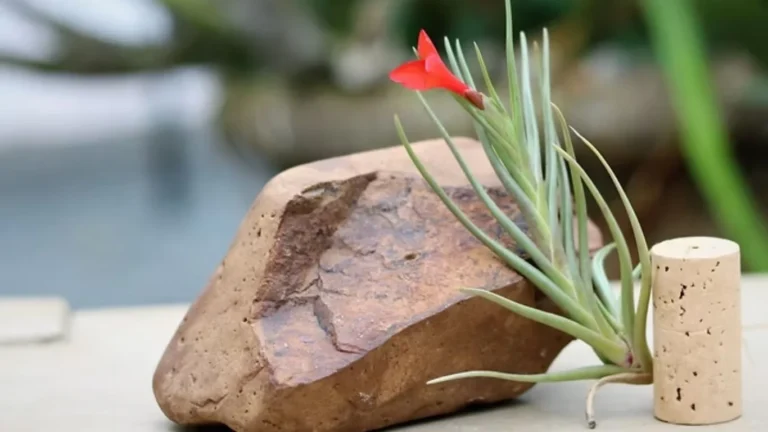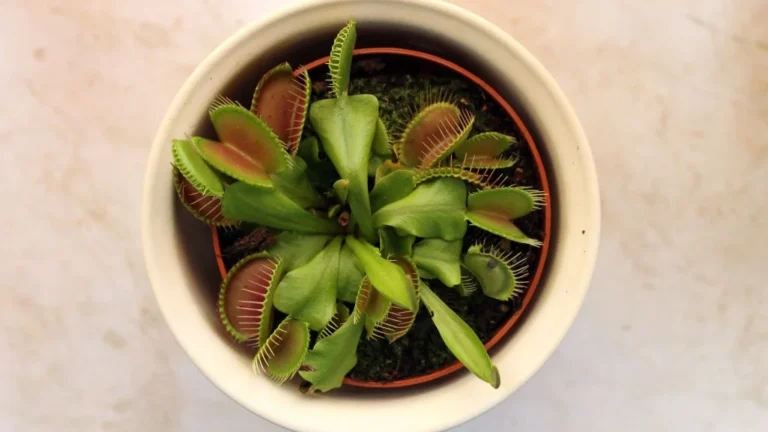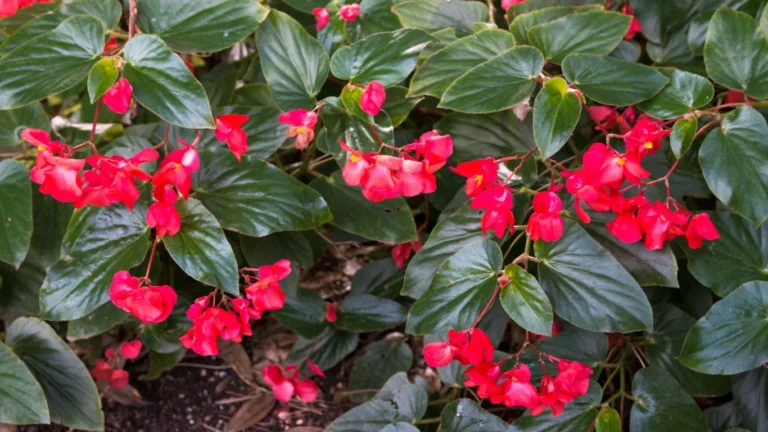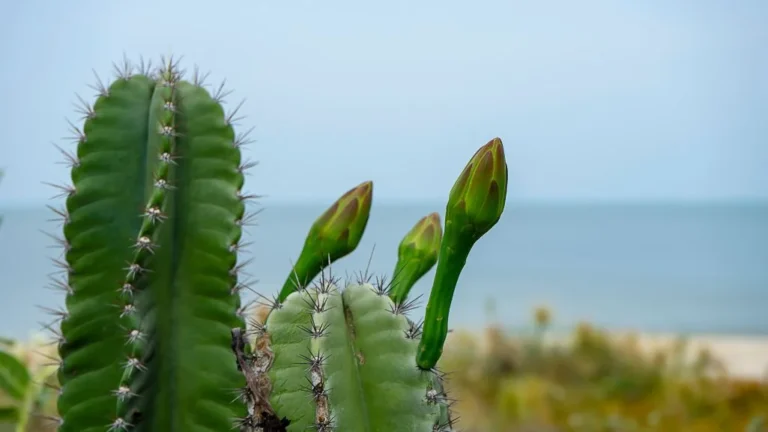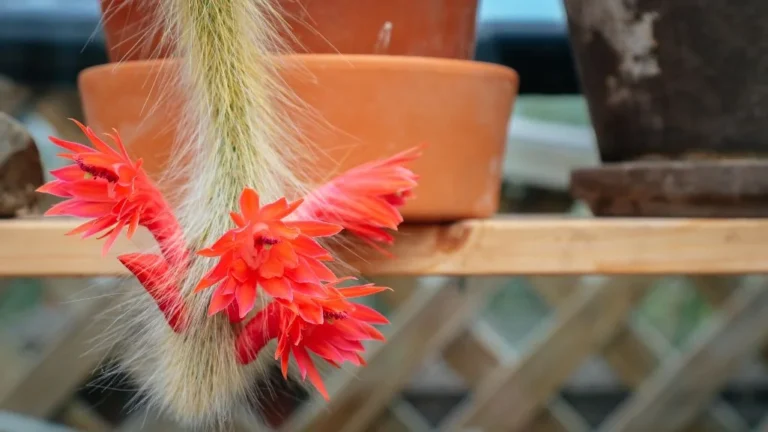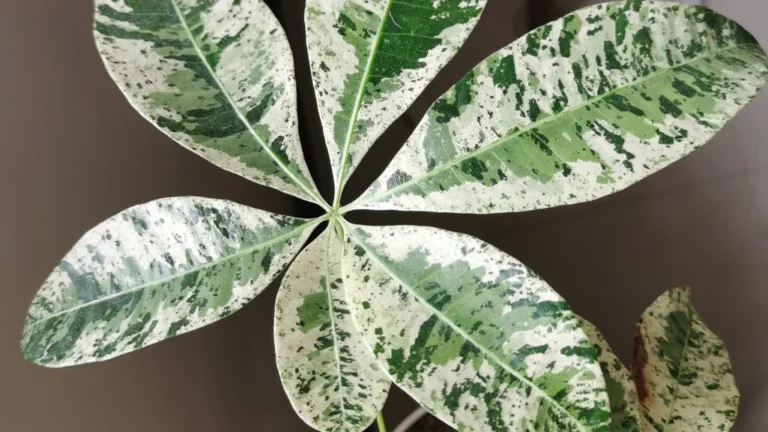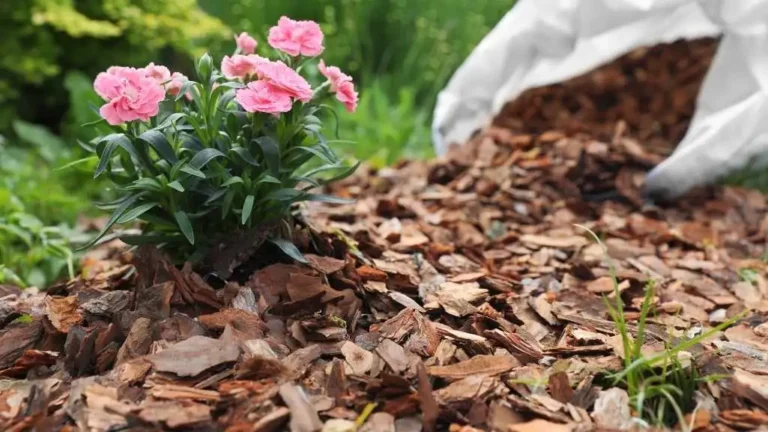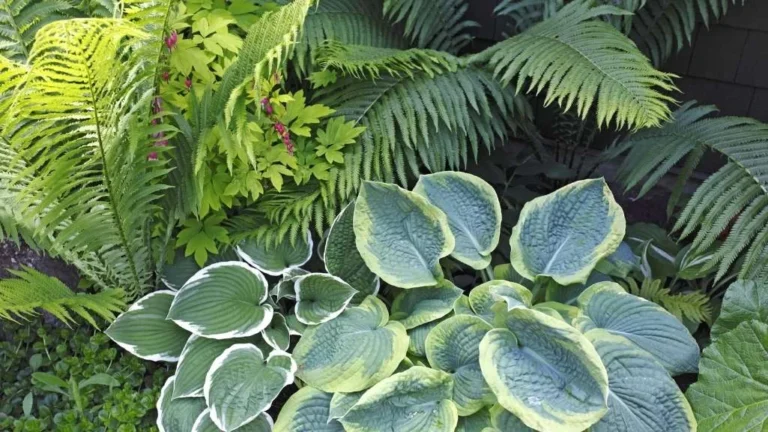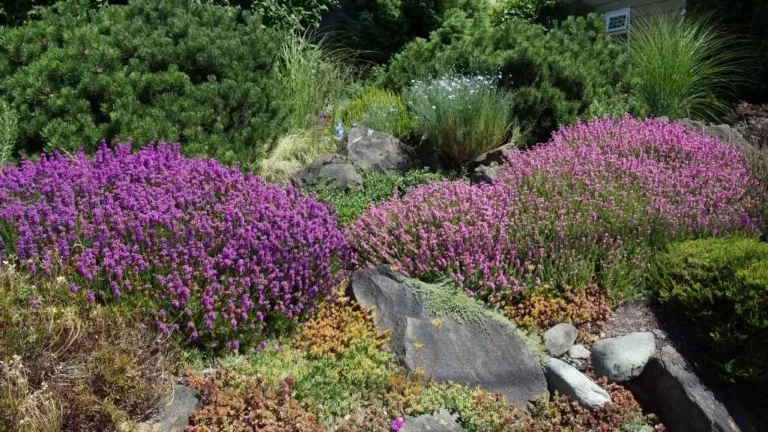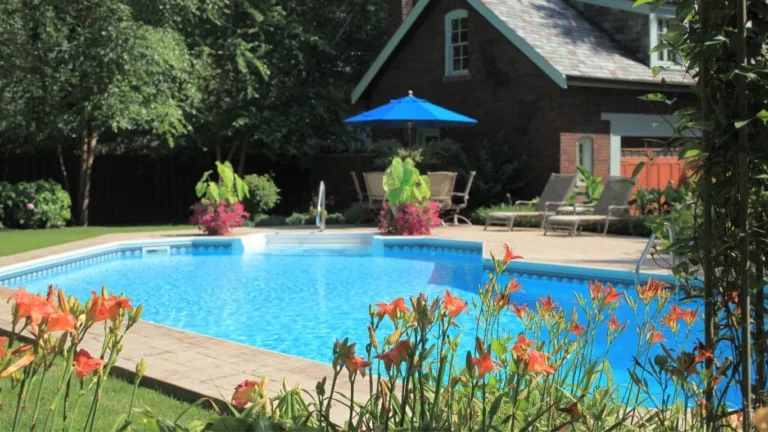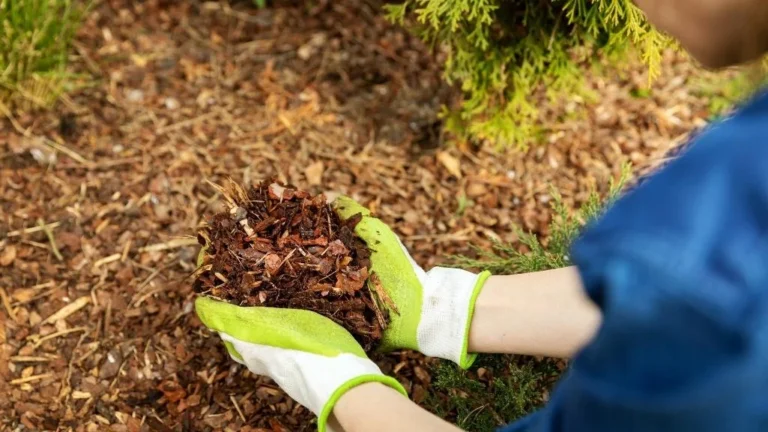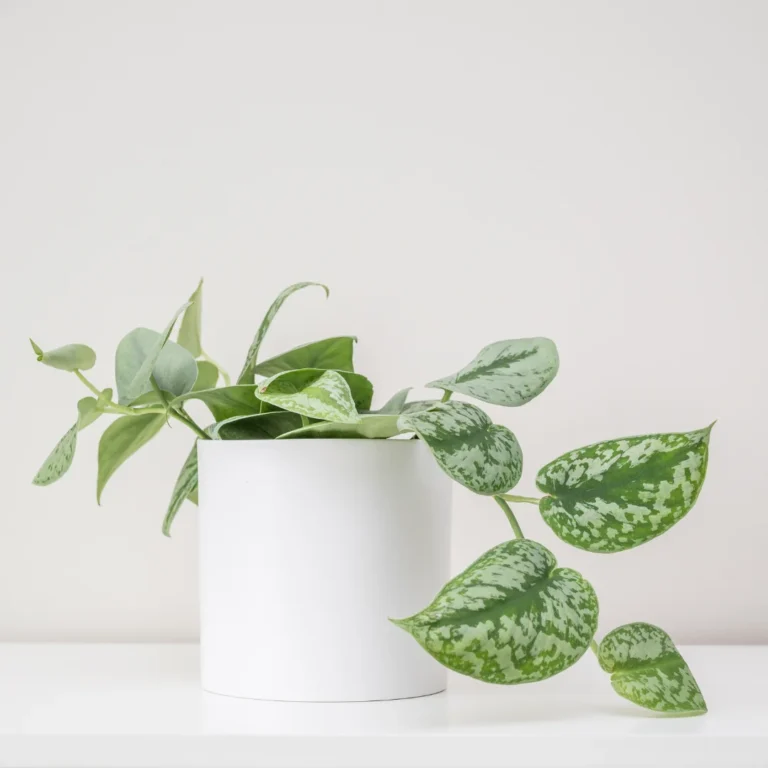
Pothos is the best choice for a those who are new to gardening. This green, heart-shaped plant is also known as Devil’s Ivy. Pothos are various kinds, such as neon pothos, Manjula pothos, Hawaiian pothos, etc., all with almost the same caring requirements. Pothos can be placed in a hanging planter or in a pot planter with a coco-pole in a corner of your room.
Growing requirements for Pothos
Light: Bright, indirect light but can tolerate low light conditions.
Soil: Slightly acidic to neutral, well-draining loamy soil.
Water: When the top inches of the soil dries out.
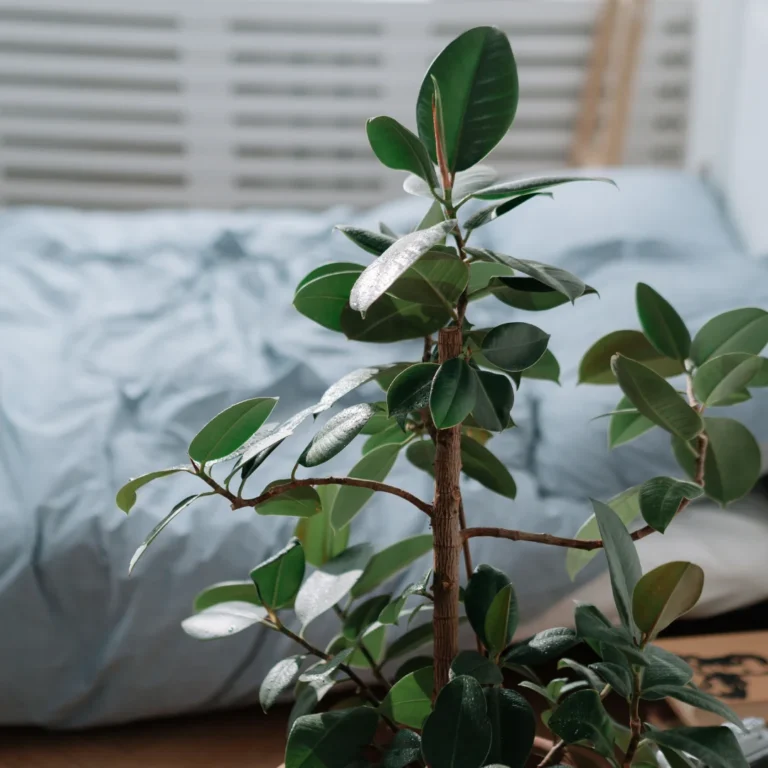
The Rubber plant, scientifically known as Ficus elastica, enhances the beauty of a house with its big, shiny leaves. In an indoor environment, this plant can grow to an impressive height. The Rubber plant has variations in color from dark green to burgundy.
Growing requirements for Rubber plant
Light: Bright, indirect light but can tolerate some direct sunlight.
Soil: Well-draining, slightly acidic to neutral soil, like a mix of potting soil, peat, and perlite.
Water: When the top layer of the soil dries out.

The Spider plant gets its name from the thin, spider-like shoots that hang down from the main plant, resembling spider legs. With proper care, the Spider plant produces small white flowers during the rainy season. It also comes in different variations, allowing anyone to choose according to their preference. Spider plants can easily be propagated from the offshoots or babies.
Growing requirements for Spider plant
Light: Low to bright, indirect light.
Soil: Well-draining, slightly acidic soil.
Water: When the top layer of the soil dries out. Avoid overwatering
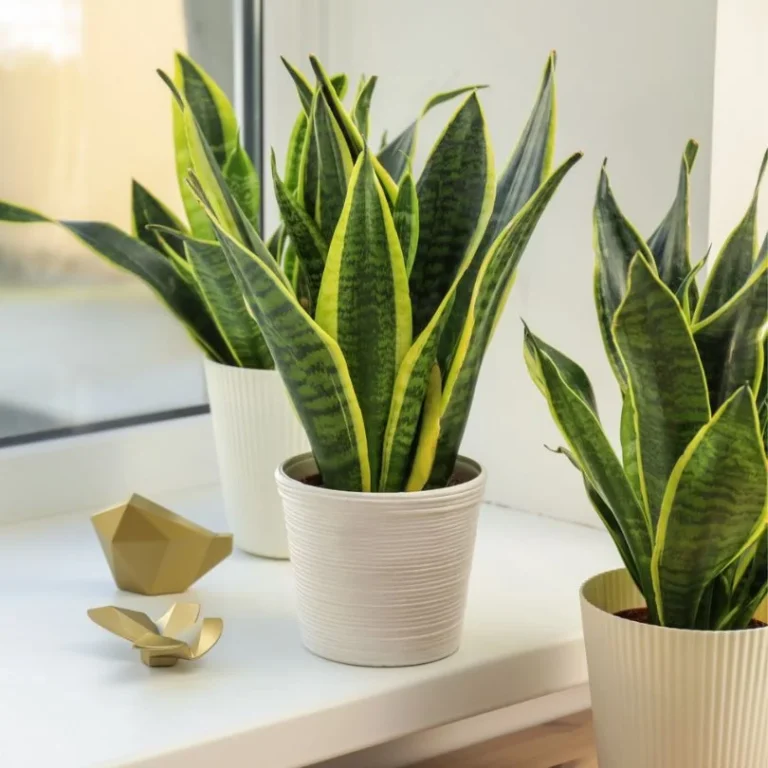
The snake plant is a low-maintenance indoor plant. Its upright leaves resemble snakes, typically dark green in color, but various variants exist in terms of color and texture. Its long, wax-textured leaves retain water, resulting in minimal water requirements, making it a great choice for people who don’t have enough time to take care of plants but still want to make their house beautiful.
Growing requirements for Snake plant
Light: Low to bright, indirect light.
Soil: Well-draining soil, such as a cactus or succulent mix.
Water: Allow the soil to dry out completely.
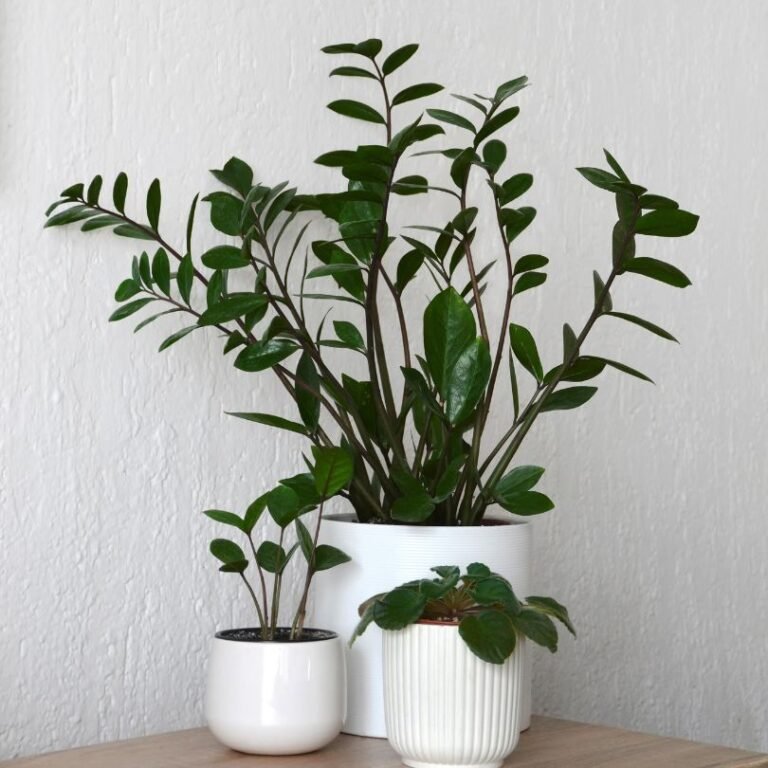
ZZ plants, also known as Zanzibar gems, are slow-growing, low-maintenance plants. This glossy, leafy plant can thrive in minimal light conditions. The ZZ plant also has some varieties with similar care requirements.
Growing requirements for ZZ plant
Light: Low to bright, indirect light.
Soil: Well-draining soil, slightly acidic to neutral soil, such as regular potting mix with perlite and coco-coir
Water: Allow the soil to dry out before watering.

The Peace Lily is a popular flowering indoor plant. This plant, with its white flowers, can add serenity to your home environment. It is easy to care for and may bloom all year round with proper care. An interesting feature of the Peace Lily is that it indicates when it needs water by drooping its leaves, which quickly perk up after being watered.
Growing requirements for Peace Lily
Light: Low to bright, indirect light.
Soil: Well-draining, nutrition rich, slightly acidic soil such as mixture of regular potting mix with peat-moss and perlite.
Water: Top inches of soil dries out.

The Jade Plant, scientifically known as Crassula ovata, is a long-living succulent that can enhance the beauty of your house. It has a vibrant green color, though some variations of jade are red. This plant functions well in low to bright sunlight, even in direct sunlight, allowing you to place the plant by the window. Occasional pruning can enhance its growth. This plant is an ideal choice for bonsai.
Growing requirements for Jade Plant
Light: Bright, indirect light.
Soil: Well-draining, slightly acidic to neutral soil such as cactus or succulent mix.
Water: Allow the soil to dry out completely.
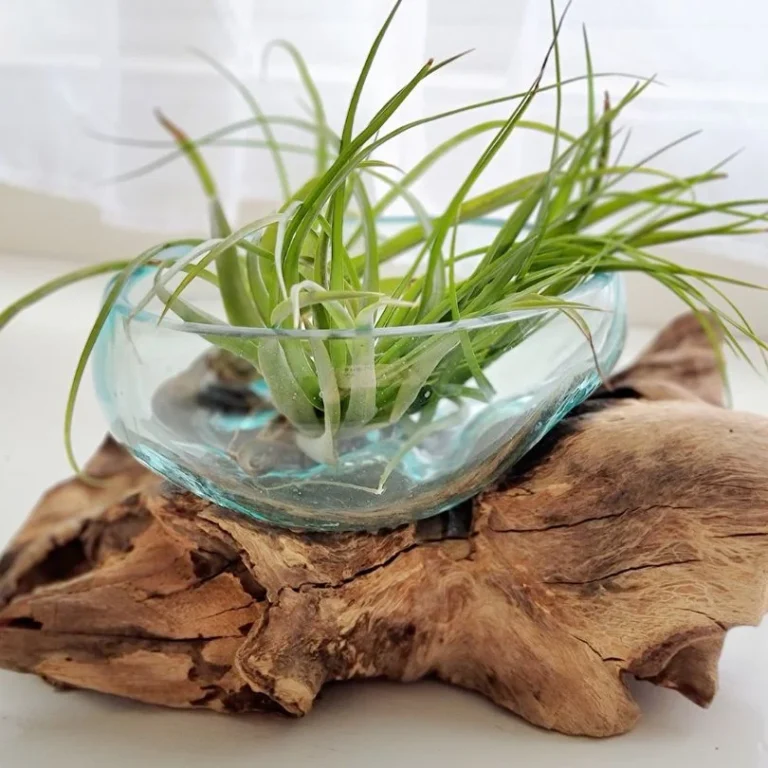
Air plants, also known as Tillandsias, do not require soil for growing. This plant has different variations in case of its color, shape, and size. Air plants do well in low-lighting conditions. With proper care, air plants bloom beautiful flowers.
Growing requirements for Air Plant
Light: Low to bright, indirect light.
Water: Water air plants by misting them with water or soaking them in room temperature water for about 20-30 minutes every week to two weeks, depending on the climate. After watering, ensure they dry completely to prevent rot.
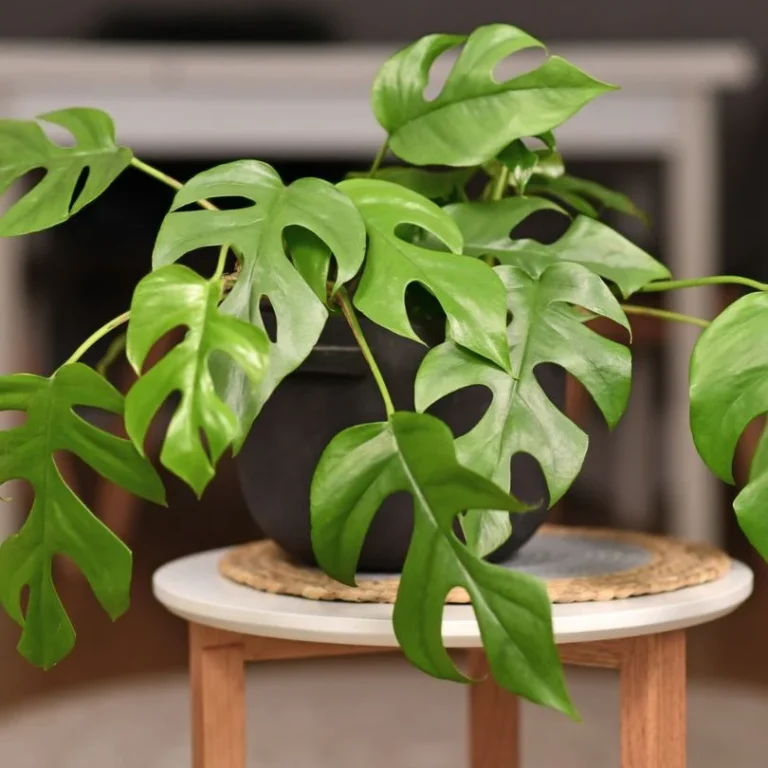
Monster, often referred to as the Swiss Cheese plant, characterized by its glossy, split leaves. Monstera can come in different sizes and colors. The variations of Monstera’s color are very eye-catching. This plant can climb and vine naturally, which can add a tropical vibe to your space. Regular pruning and wiping the big Monstera leaves are best for healthy growth.
Growing requirements for Monstera Plant
Light: Medium to bright, indirect light.
Soil: Well-draining, nutrition rich, slightly acidic to neutral soil.
Water: Top two inches of soil dries out.

The Money Tree, scientifically known as Pachira aquatica, is also known as the Malabar Chestnut. This sturdy plant is characterized by its five to seven glossy green leaves per stem, arranged in a fan-like pattern. It requires bright light, making it a perfect choice for placement beside a window. This low-maintenance plant can add ornamental value to one’s indoor environment.
Growing requirements for Money Tree
Light: Medium to bright, indirect light.
Soil: Well-draining, slightly acidic to neutral soil.
Water: Top inches of soil dries out.
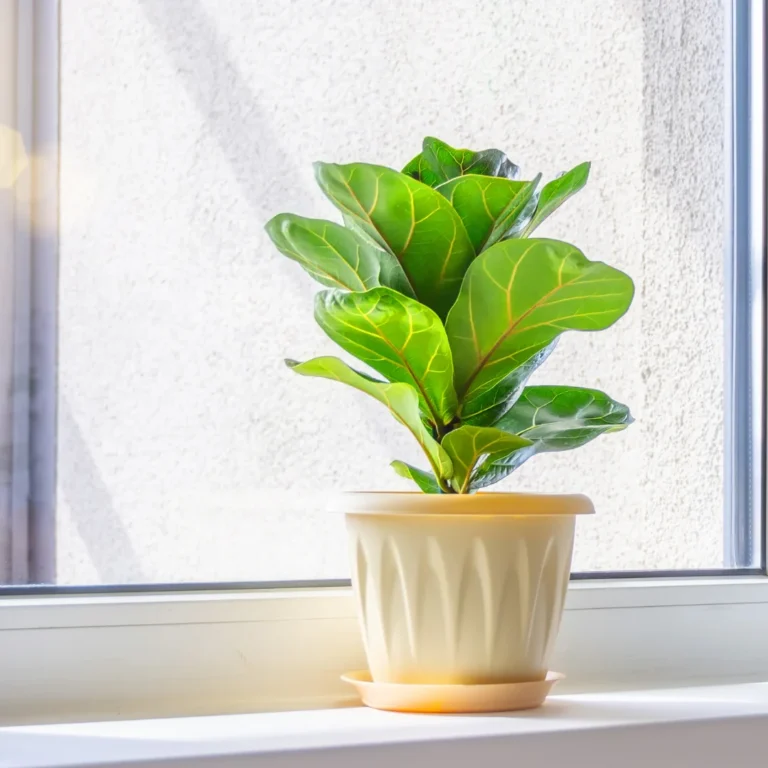
The Fiddle-Leaf Fig, scientifically known as Ficus lyrata, is renowned for its violin-shaped, large, wavy leaves. This plant can develop into a tree-like shape with proper care. Regular wiping of the leaves is necessary for photosynthesis and to maintain its glossy appearance.
Growing requirements for Fiddle-leaf Fig
Light: Bright, indirect light.
Soil: Well-draining, slightly acidic soil.
Water: Allow the soil to dry out slightly before watering.
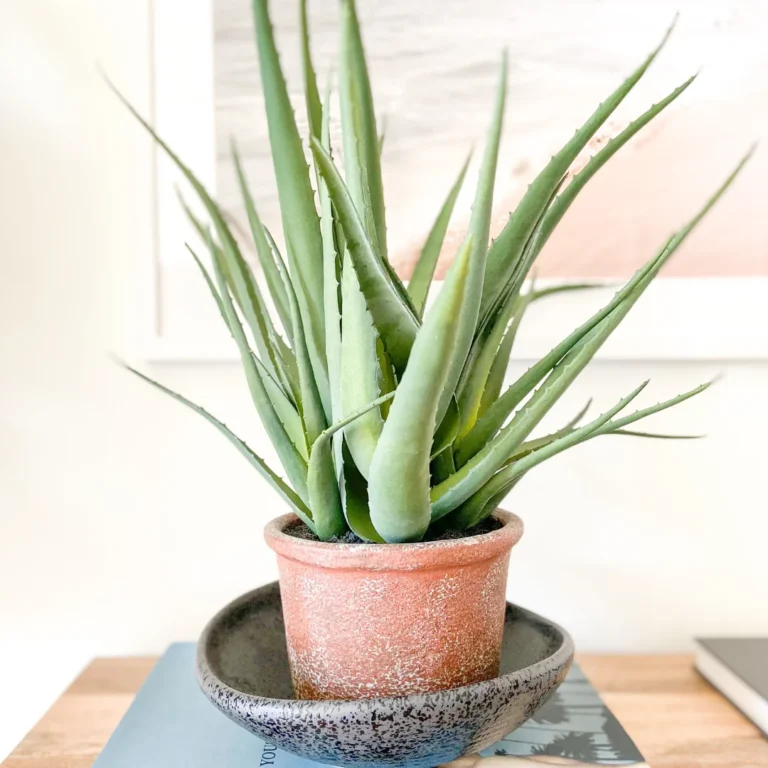
Aloe Vera, with both medicinal and ornamental value, is a succulent plant. Aloe vera is used for skin, body and hair care also. Its thick, gel-filled leaves allow it to retain water, making it drought-tolerant.
Growing requirements for Aloe vera
Light: Bright, indirect light.
Soil: Well-draining soil, such as a cactus or succulent mix.
Water: Allow the soil to dry out completely.
African Violate (Saintpaulia)
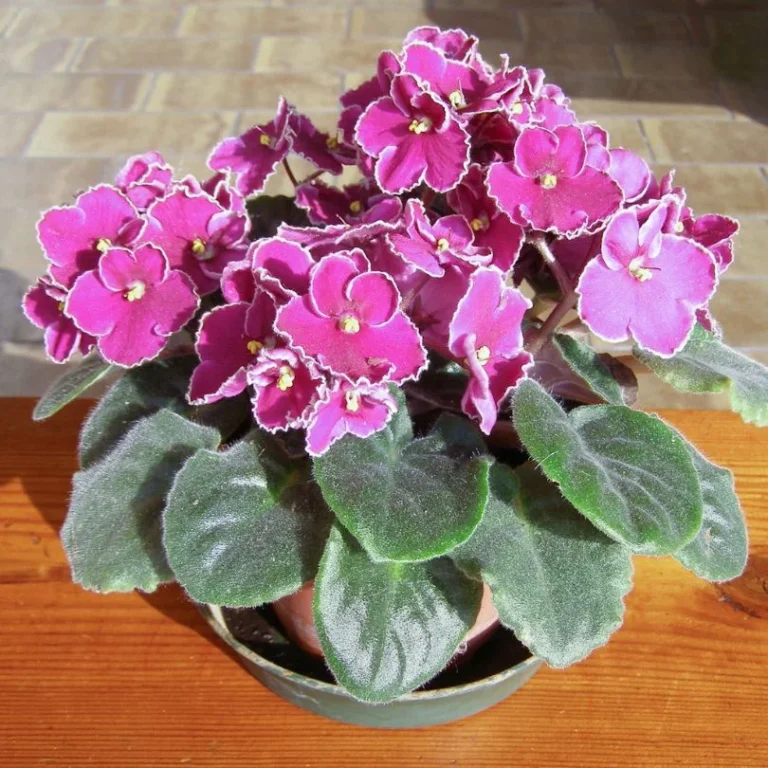
The African Violet can be found in a wide range of colors, including shades of purple, blue, pink, and white. It can add a colorful vibe to one’s indoor space, and its variations in petal shape, colors, and patterns provide freedom of choice.
Growing requirements for African Violate
Light: Bright, indirect light.
Soil: Well-draining, slightly acidic, moist soil.
Water: Keep the soil consistently moist, but not waterlogged.
Moth Orchid (Phalaenopsis)
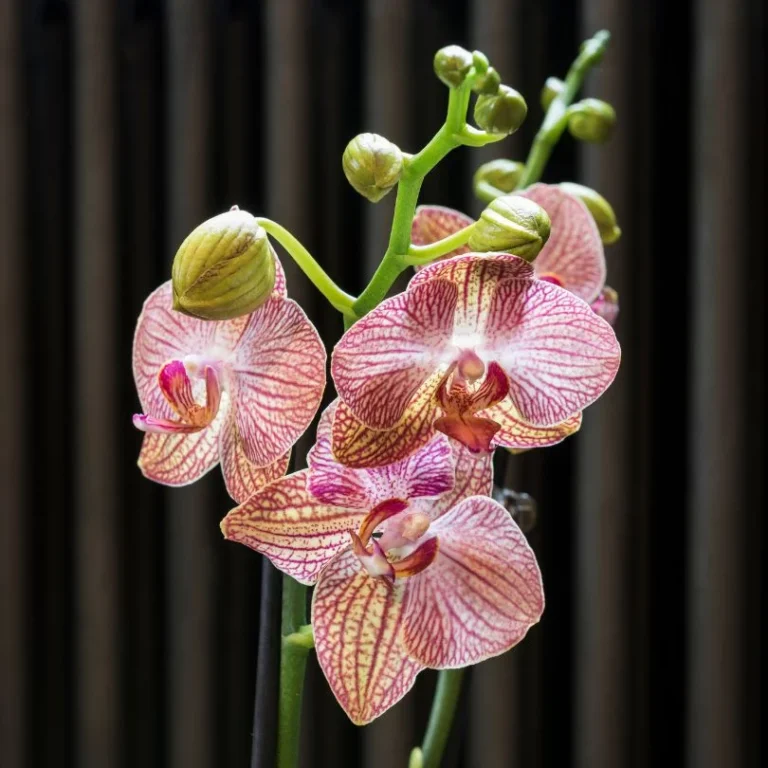
The Moth Orchid, scientifically known as Phalaenopsis, is one of the most popular indoor orchids. It is known for its elegant appearance, long-lasting flowers, and ease of care.
Growing requirements for Moth Orchid
Light: Bright, indirect light.
Soil: Well-draining, slightly acidic soil.
Water: Allow the top layer of the soil dry out before watering.


